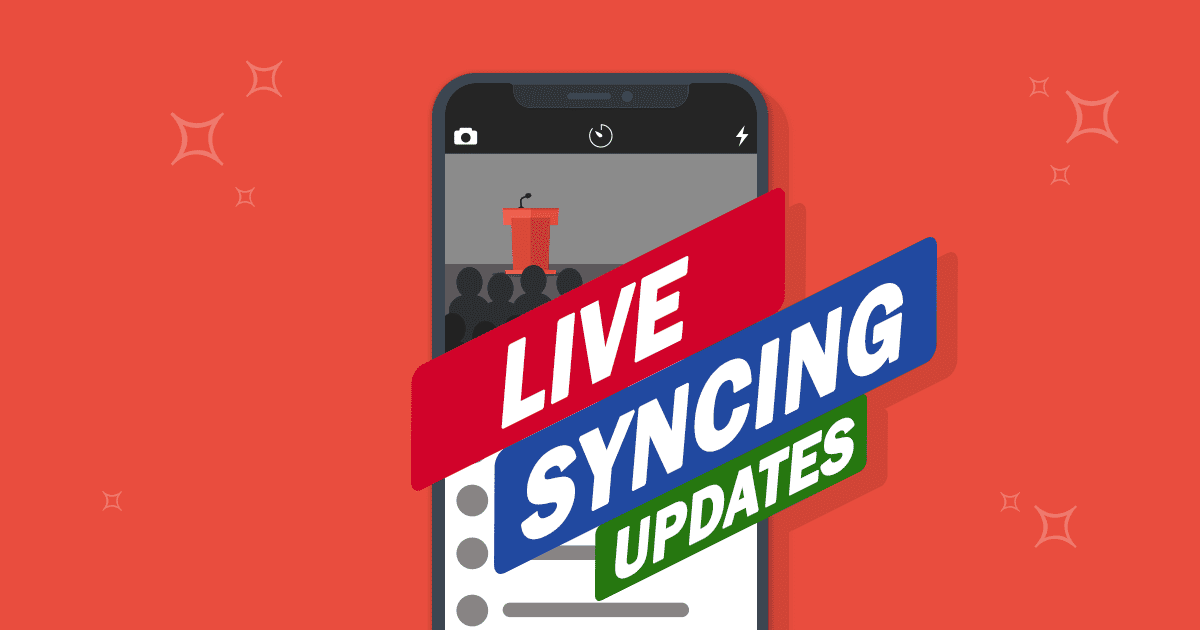No Show, No Problem
Meeting planners put in an INSANE amount of time and energy to plan an event and will regularly spend months working on an event that is only a day or two. Thorough research and organization will ensure that the event is well planned, but what happens once it begins and someone doesn’t show? It’s inevitable that no-show problems will happen, but they can be minimized through some of tips and tricks of the trade discussed below. When in doubt, wine can also help minimize the stress.?
Exhibitors
Meeting exhibitors regularly invest in conferences and trade shows to promote corporate products and services through exhibit booths, demonstrations, and promotional materials. In the event that an exhibitor does not show, meeting organizers can potentially utilize some of these materials and handout any important printed materials, brochures, and related giveaways. Who doesn’t love a freebie!?
Tech Tip: Don’t forget to remind attendees to view the exhibitor profiles on your event app. Chances are your exhibitor’s savvy marketing department already uploaded digital versions of their materials prior to the event. Does your event not have an app? Click here.
It’s also not a bad idea to mention to attendees that the exhibitor wasn’t able to attend due to extenuating circumstances, and encourage them to visit their company website for more details. If the exhibitor was looking to connect with a specific attendee, see if you can get that person’s business card or email to pass along.
Speakers
Regular pre-event communication and a load of reminders to presenters and facilitators will increase their commitment to the program, but unforeseen circumstances such as travel interruptions and illness can and will happen. If the speaker is still available at the scheduled time, but cannot be onsite, a video conference or conference call service can serve as a good backup plan. Seasoned speakers and industry professionals will often have a strong network of colleagues that they might recommend someone from. Don’t be afraid to ask them if they can locate a replacement.
If you have other speakers or industry thought leaders in attendance who have some flexibility with their schedule, approach them and see if they’d be willing to speak at another time to fill the space. Play around with the schedule and see where you can add time to another session or networking opportunity. Be honest with the attendees and explain that there was a conflict that was unavoidable.
Tech Tip: If you are using an event platform with real-time sync capabilities you could easily make updates to your speaker line-up and your attendees would be none the wiser.
If all else fails, see if you can turn the presentation topic into a group discussion or workshop activity. Get everyone involved and start with an icebreaker to get people talking.
Attendees
Advanced planning and research into the attendees preferred location and timing of an event will help in reducing the number of no-shows. If a guest is unable to attend the meeting at the last minute, a follow-up email with a kind message stating that they were missed at the event will go a long way. If an attendee can no longer participate, but has a local colleague who can go in their place, offer to transfer their registration. Keep the communication open and see if there’s another opportunity where you might collaborate with them in the future.
Tracking attendance will also allow meeting planners to determine individual and company participation patterns and habits, which will aid in future planning. Unexpected absences at a conference or meeting forum can throw the schedule off track and turn into every meeting planner’s nightmare. Proactivity and flexibility can help ease the pain, as will brainstorming the worst case scenarios with contingency plans. Expect the unexpected.



